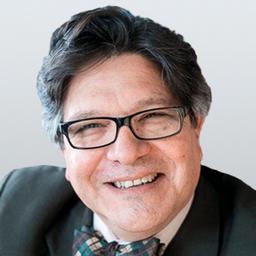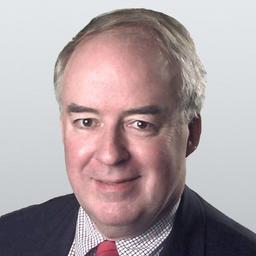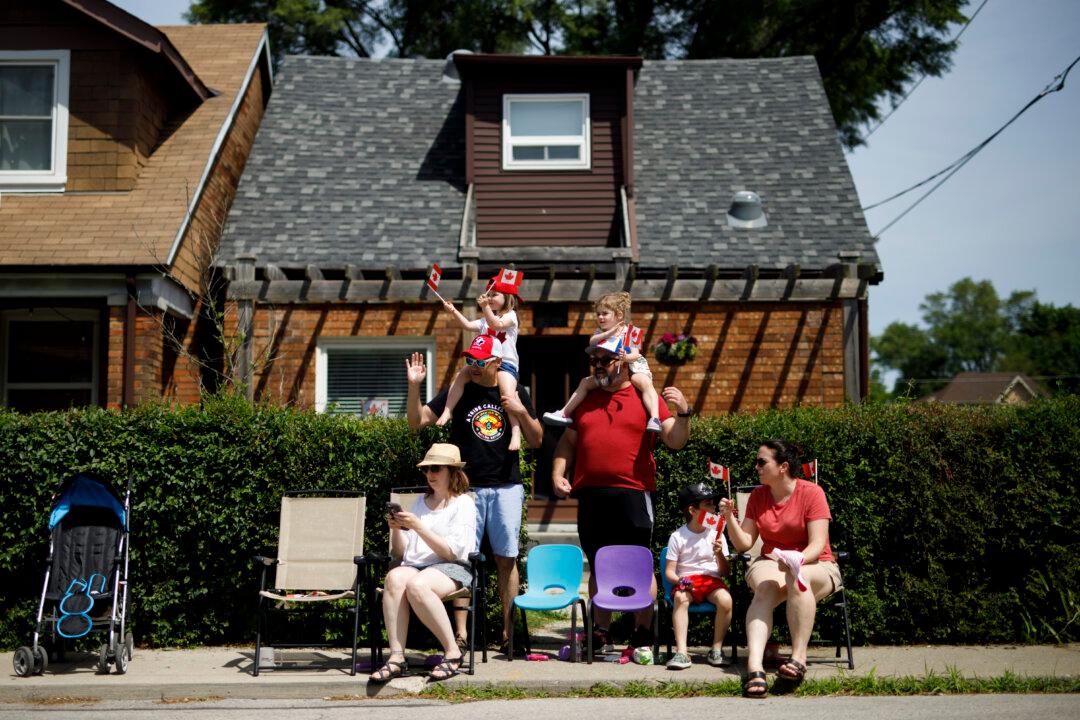Excerpt from “The Democratic Politics of Fear,” Chapter 7 in the newly expanded book “Canada’s COVID: The Story of a Pandemic Moral Panic“ (February 2023) by Barry Cooper and Marco Navarro-Génie.
We consider the evidence for, and consequences of, government-induced fear leading to lack of trust. The outcome was not what the authorities intended. Their game plan was simplicity itself: induce fear first of all, then promise safety if the population obediently followed instructions. The most obvious commonsensical conclusion is that governments, experts, and moral entrepreneurs were not themselves afraid so much as manipulative and filled with the expectation that they could bring about their own predictions—the very definition of living in the magic world of a second reality.






